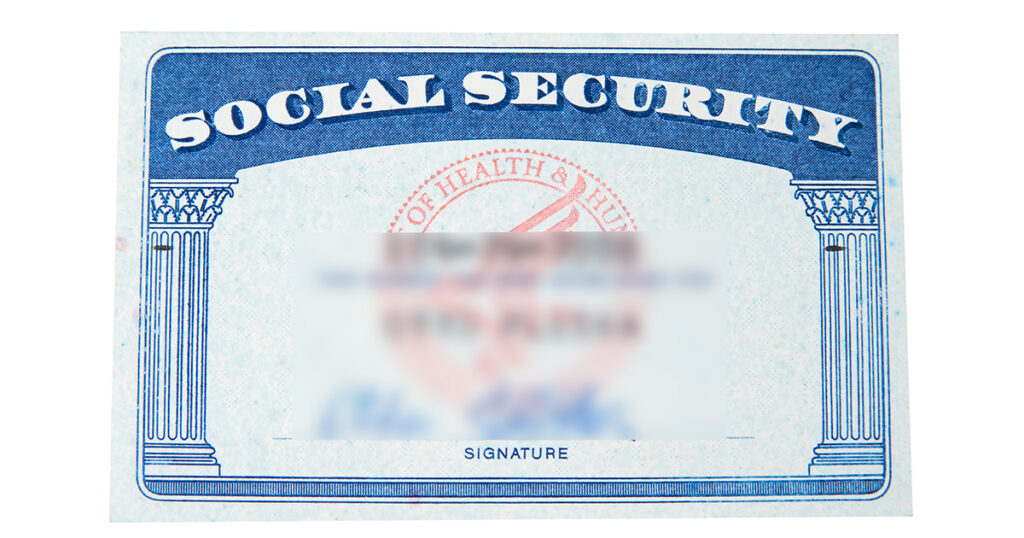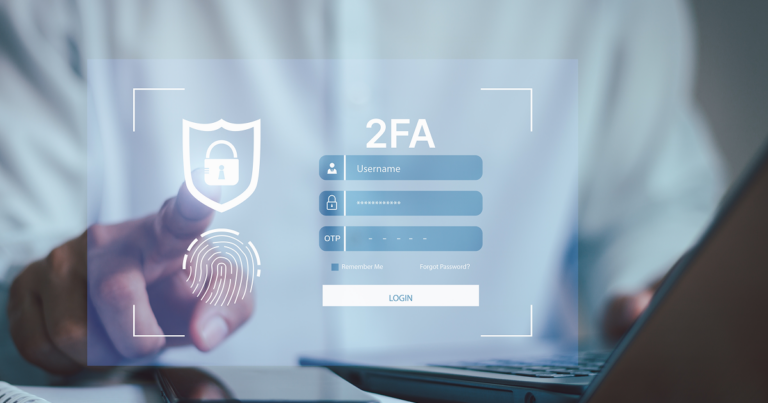Imagine a consumer opening his or her banking statement in hopes of booking that last-minute spring break vacation for the family and noticing thousands of dollars in unauthorized transactions. Not only is the vacation jeopardized, but also, potentially, the consumer’s identity.
For millions of Americans each year, that scenario has become a scary reality. A 2018 online survey conducted by The Harris Poll indicates that nearly 15 million consumers experienced identity theft in 2017 with stolen funds totaling more $16.8 billion. With numbers that staggering, everyone likely has someone in his or her immediate family or workplace who has fallen victim to identity theft.
For consumers who become a victim of identity theftor even suspect they might be one, time is of the essence, and immediate action should be taken. We’ve compiled a list of the most common forms of identity theft and the immediate steps one should take should the suspicion become a confirmed reality.
- Tax-Related Identity Theft
With the 2018 tax-filing window coming to a close, it’s an especially crucial time of year for every taxpayer to keep tabs on his or her identity and precious account information.
In cases of tax-related identity theft, thieves gain access to one’s Social Security number to file a tax return and claim refunds. If a taxpayer attempts to file his or her taxes online but learns a return has already been submitted or he or she receives an IRS notification of a suspicious return, he or she is likely a victim.
When a consumer experiences either of the above cases, he or she will need to fill out an IRS Form 14039, the Identity Theft Affidavit, which is also accessible through identitytheft.gov. Here, taxpayers will also find tools to help them recover their information, including how to place a fraud alert on their credit reports.
- Medical Identity Theft
As the name implies, this form of fraud occurs when a thief uses another person’s name or health insurance numbers to see a doctor, get prescription drugs, file claims with an insurance provider or get other care. When a thief’s health information is combined with that of an unknowing victim, the victim’s future treatment, insurance and payment records, and credit report may be affected.
Consumers who suspect their medical identity has been compromised should get copies of their medical records and accounting of disclosures, which show what medical information was sent and to whom, and look for errors. If consumers find any errors, they should report and correct them with their healthcare provider.
- Child Identity Theft
Compared to other forms of identity theft, the theft of a child’s information might be a bit easier to spot. A child’s Social Security number can be used by identity thieves to apply for government benefits, open bank and credit card accounts, apply for a loan or utility service, or rent a place to live.Most people discover this form of fraud when they receive a bill or credit card in the mail addressed to their child. Another sign includes receiving bills or notices from the IRS indicating that the child didn’t pay taxes.
Many school forms require personal and, at times, sensitive information. Parents should find out how their child’s information is collected, used, stored and thrown away. Asking schools and other organizations to safeguard a child’s information can help minimize the child’s risk of identity theft.
This type of fraud often takes the form of Social Security identity theft, as children often have no established credit history. As with other types of Social Security identity theft, consumers can report suspicious account activity at identitytheft.gov. Victims might also want to contact the company where the fraud occurred to ensure their child isn’t liable and the account is closed.
- Other Types of Social Security Identity Theft
One’s Social Security number, along with an address, is the most valuable piece of information identity thieves can get their hands on. While consumers can close a credit card if it is compromised, closing a Social Security number is not an option.
Telltale signs of Social Security number theft —or identity theft in general —include:
- Errors on bank or credit card statements;
- Discrepancies on credit reports, including accounts the consumer didn’t open, loans the consumer never applied for or denial of a credit application;
- Consumers not receiving bills or other mail they expected to receive;
- Calls from creditors for unpaid bills a consumer didn’t rack up himself or herself;
- A letter from the IRS saying the wage amount on a Social Security statement doesn’t match the amount filed on a tax return.
When consumers discover their Social Security number has been stolen, there are several steps they’ll need to take right away. First, they should contact one of the three major credit-reporting agencies — Equifax, TransUnion or Experian — to place a fraud alert on their credit file.Then, they should file a police report and a complaint with the Federal Trade Commission here, and if they find their Social Security number has been compromised, contact the Social Security Administration. Throughout these steps, consumers should keep track of, record, report and close all fraudulent accounts by contacting both the companies holding the accounts and the credit-reporting agencies.
Thieves continue to create more advanced, sophisticated and unpredictable methods to steal valuable personal information. By taking preventive action and remaining diligent about tracking accounts and expenditures, consumers can catch identity theft early and even stop it in its tracks.




